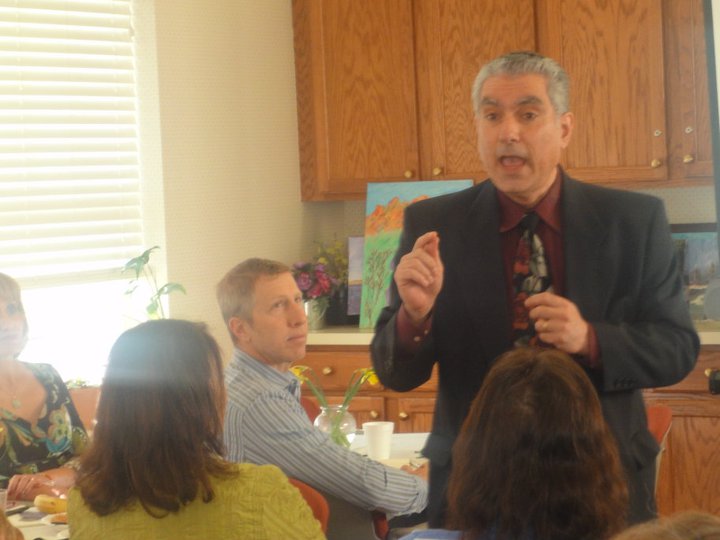Excerpts from the article “Branded by Misconception” featuring Bruce Birnberg, Executive Director of Stein Hospice:
“Some people think of hospice as ‘the big black pill,’ after which you suddenly begin to die,” said Don Pendley, president of the New Jersey Hospice and Palliative Care Organization, the state’s professional society. “But in fact, it’s a broad range of care and services which are there to support the patient and family, bring peace and comfort, allow time to resolve unfinished business, and enable the patient to go out gently without the drama of a hospital.”
And the value of [such care] can’t be underestimated, hospice professionals say.
“Our families have actually used words associated with beauty, such as ‘wonderful’ and ‘lovely’, to describe their loved one’s death,” said Bruce Birnberg, executive director of the Franklin-based Martin and Edith Stein Hospice, a faith-based institution which serves patients in five central New Jersey counties. “Being part of a good death is not something easily forgotten.”
A family affair
A service covered by insurance providers and Medicare since the 1980s, when it began to be recognized as a valuable and rapidly growing arm of the healthcare industry, hospice is typically an option presented to patients diagnosed with six months or less to live.
“If you elect hospice care, you’re giving up curative treatment related to that disease and recognizing that you’re going to prepare yourself and your family for death,” Birnberg said. Despite the public perception of hospice as a place people go, Birnberg is quick to explain that, “because roughly 95 percent of hospice care is administered to patients in their home or a nursing home, hospice isn’t actually a place or a building per se, but rather a service.”
Battling the system
“While most people say they want to die at home, the truth is that most don’t,” Birnberg said. “About one in three Americans spend time in an ICU in the last months of their life and only about 40 percent actually pass away in the hospice system.”
One of the factors contributing to the current under-utilization of hospice is what experts attribute to a reluctance on the part of some doctors to discuss the option of hospice with patients and families. Whether because of a perception by some physicians that admission of their patient to hospice represents a sense of failure or a loss of control, or the fact that many doctors are “simply not trained in end-of-life discussions and learn from their seniors to just avoid it rather than confront families with discussions that make them uncomfortable or that they don’t want to hear,” Birnberg said, good candidates often miss the opportunity to capitalize on hospice services that could benefit them.
“Hospices send emissaries out to doctors to help coax that process and consumers are more aware of hospice than ever before, but doctors’ recommendations still carry great weight with patients and families, so the fact is that the system won’t change until the medical community begins to embrace hospice to a greater degree,” he added.
Another factor limiting the effectiveness of hospice care is the tendency for patients to come in too late in the game.
“With just a few days to go,” Birnberg [said], “hospice can’t really do its job because it takes at least a week for patients to experience the impact of the removal of medications which are causing side effects and discomfort. Families and patients calm down during this time and it’s when families can say goodbye.”
A Day in the Life
According to Birnberg, “good hospice care can be described as holy work, and those who work in hospice are driven by a passion to help people die with dignity and without pain.”

